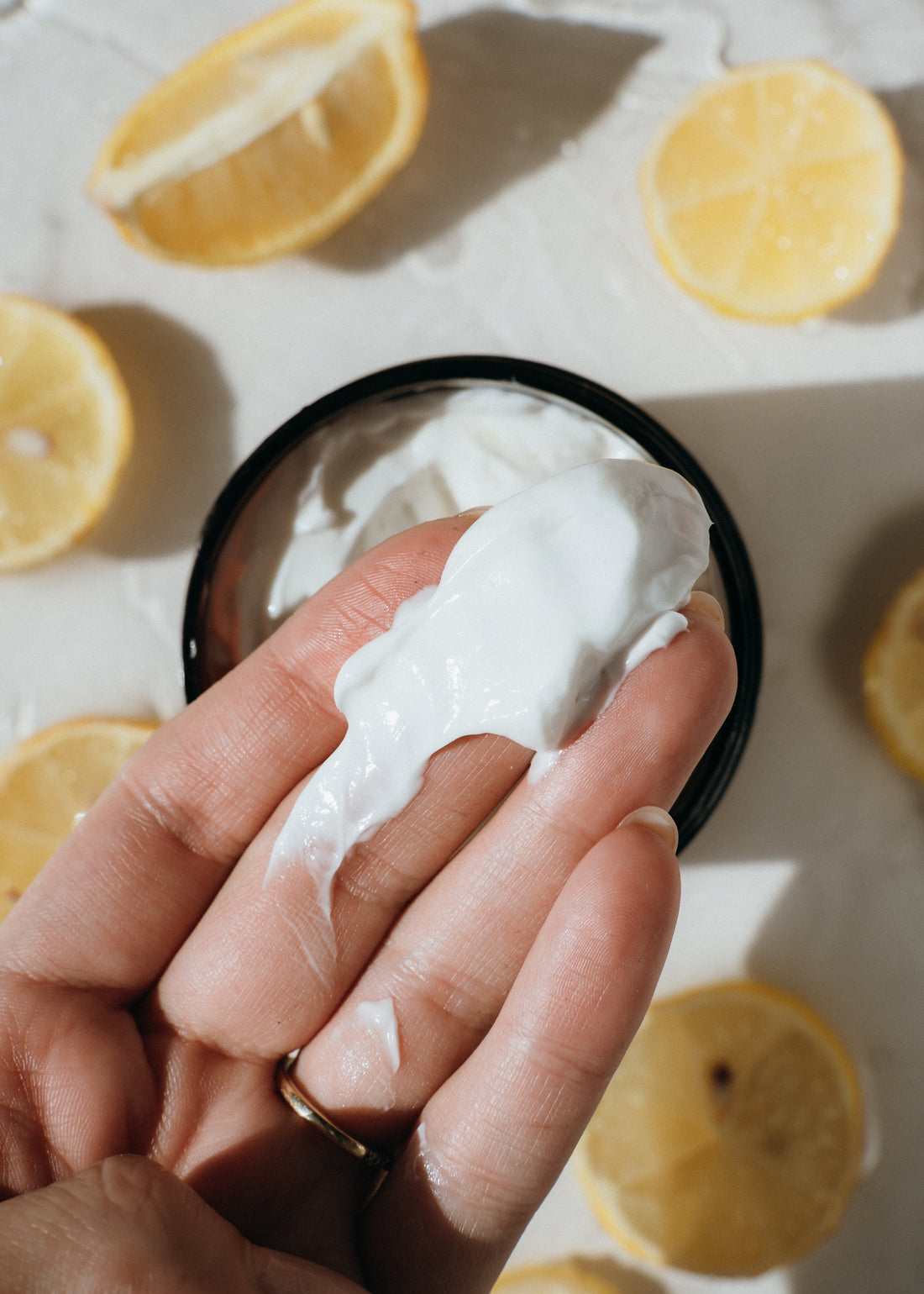
Why I Started Reading Labels—And Why You Should Too
As a mom, a chemist, and the owner/formulator of Trades of Brit, my journey into skincare wasn’t just about creating products—it was about protecting my family. I started reading labels, then reading more labels, and what I found was shocking. Many products marketed as "clean" or "natural" still contained harsh chemicals and endocrine disruptors. That’s when I knew I had to take matters into my own hands.
I wanted products that were truly safe, effective, and nourishing—not just for my loved ones but for everyone looking for healthier skincare options. If you’ve never taken a closer look at what’s in your lotions, hair products, or even makeup, now is the time to start.
The Hidden Toxins in Everyday Products
Many commercial skincare and haircare products contain harmful chemicals that can disrupt hormones, irritate the skin, and even contribute to long-term health concerns. Here are five common ingredients you should watch out for:
1. Parabens – Found in moisturizers, hair products, and makeup
Parabens act as preservatives to extend shelf life, but they also mimic estrogen in the body, which may contribute to hormonal imbalances and even increase the risk of breast cancer.
2. Phthalates – Found in fragrances
Phthalates help fragrances last longer, but they’re also linked to reproductive issues and hormone disruption. The tricky part? Companies aren’t required to list phthalates separately, so you’ll often just see "fragrance" or "parfum" on the label.
3. Formaldehyde – Found in keratin treatments and relaxers
If you’ve ever had a keratin treatment or used chemical relaxers, you might have been exposed to formaldehyde, a known carcinogen. It’s used to straighten hair, but at a cost—scalp irritation, hair thinning, and long-term health risks.
4. Hydroquinone – Found in skin-lightening products
Many products targeting hyperpigmentation contain hydroquinone, but prolonged use can damage the skin, cause discoloration, and disrupt hormones. Natural alternatives like licorice root extract and vitamin C are much safer options.
5. PEGs (Polyethylene Glycols) – Found in creams, conditioners, and lotions
PEGs help products penetrate the skin, but they can also be contaminated with 1,4-dioxane, a potential carcinogen. Look for alternatives like plant-based emulsifiers and butters.
Making the Switch to Cleaner Skincare
I created Trades of Brit to provide truly clean skincare—free from toxic ingredients, full of nourishing botanicals, and backed by science. But this isn’t just about my products; it’s about making more informed choices.
👉 Start small: Check the ingredient list on your favorite products.
👉 Do your research: Look up unfamiliar ingredients and their effects.
👉 Find better alternatives: Choose brands that prioritize transparency and safety.
Your skin deserves better, and so do you. Let’s make the switch together!
